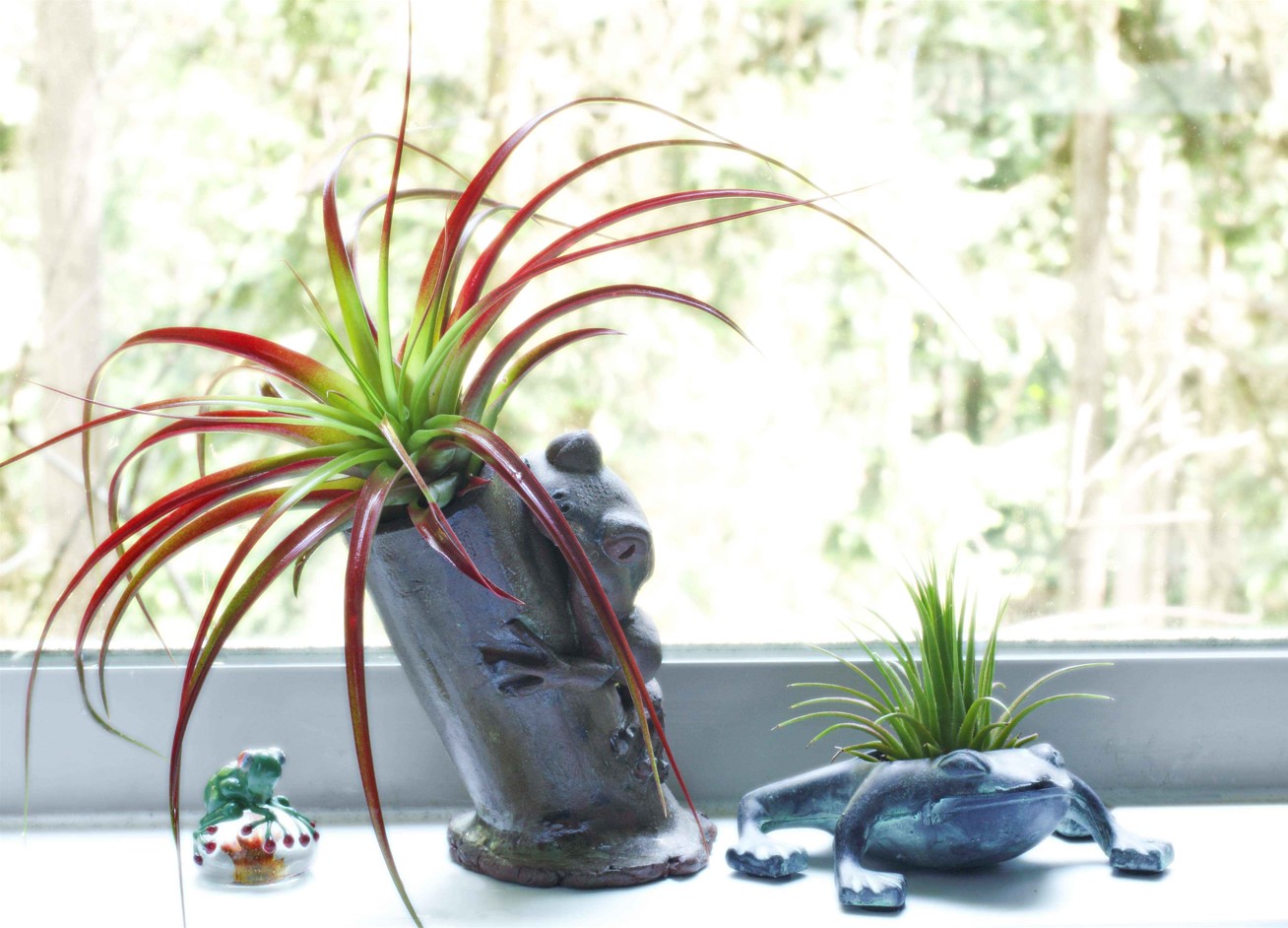Houseplant gardening has not just surged in popularity, but it has also transcended generational boundaries. Boomers fondly remember the last wave of indoor gardening in the 1970s, and now, Gen X, Gen Z, and Millennials are all united in their love for growing plants indoors.
It’s a joyous activity that brings a touch of nature inside the home, and it’s something all can enjoy.
“Houseplants are not just decorations, they are good for our mental health,” said Ann Patterson, a houseplant buyer for Portland Nursery in Portland, Oregon. “Bringing a little nature into the house is good for us to see green foliage or flowers while inside.”
Adjusting plant care for winter
For those new to the world of indoor gardening, the idea of caring for living greenery in the winter might seem daunting. But fear not — it’s all about making a few adjustments to your houseplant care routines. Do you water the same or cut back? Do you whisper sweet nothings to the root-bound plants before potting them up, or wait until spring? These are the questions we’ll help you answer.
“Light and time of year is going to be the number one criteria” for changes in houseplant care routines, said Judy Alleruzzo, houseplant and perennial buyer for Al’s Garden & Home in Sherwood, Oregon. “In October, plants will need to be moved. We hardly have any sunlight in the winter, and the light we do have is going to be in south or west windows. You need to move your plants to those areas, since sunlight is minimal in north or east windows.”
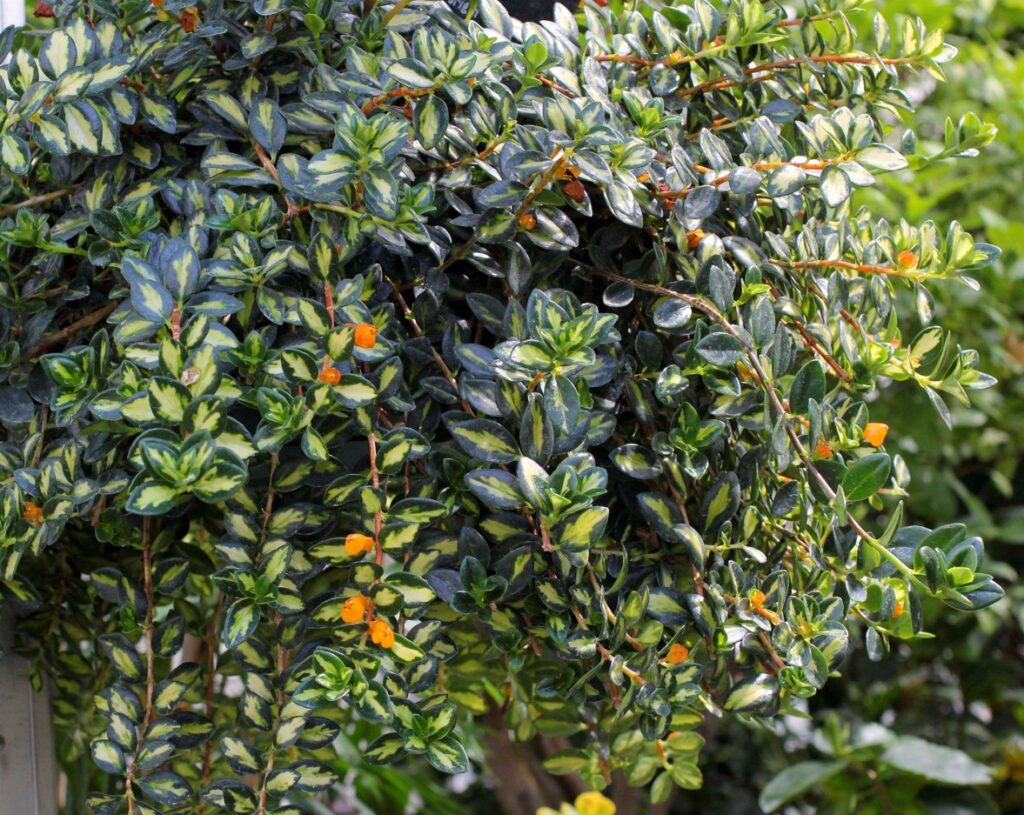
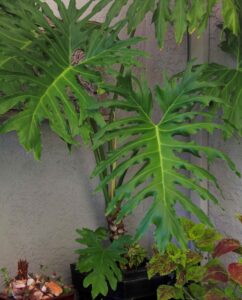
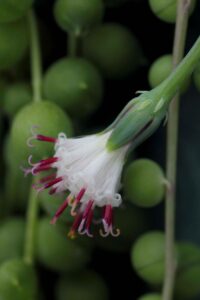
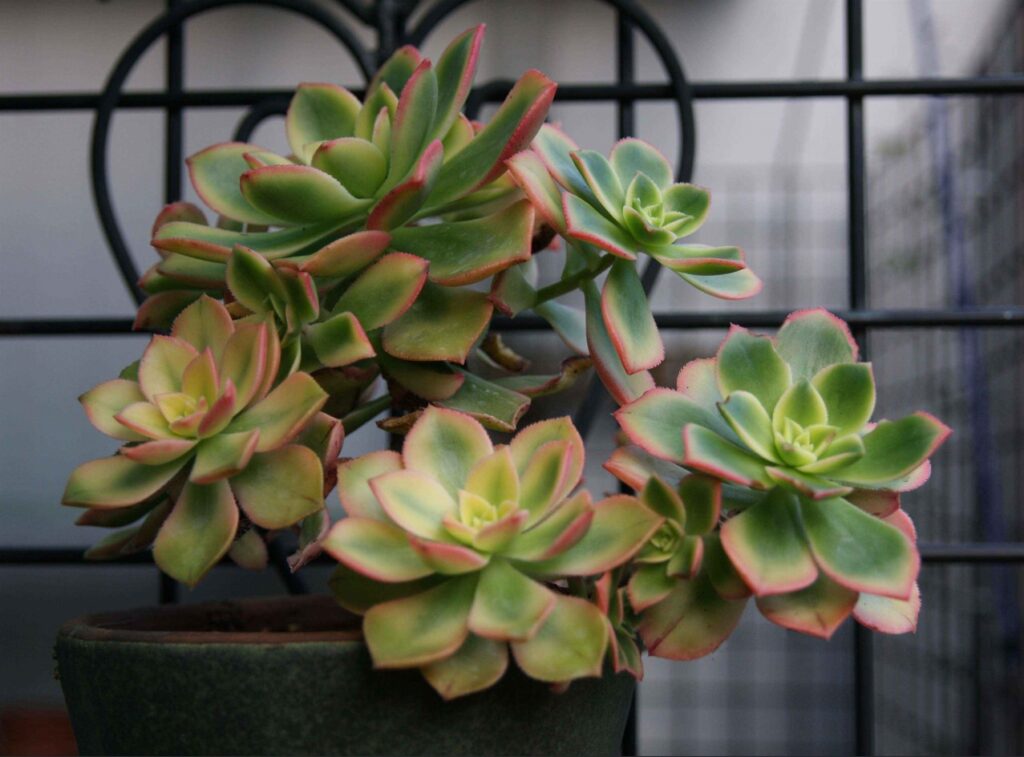
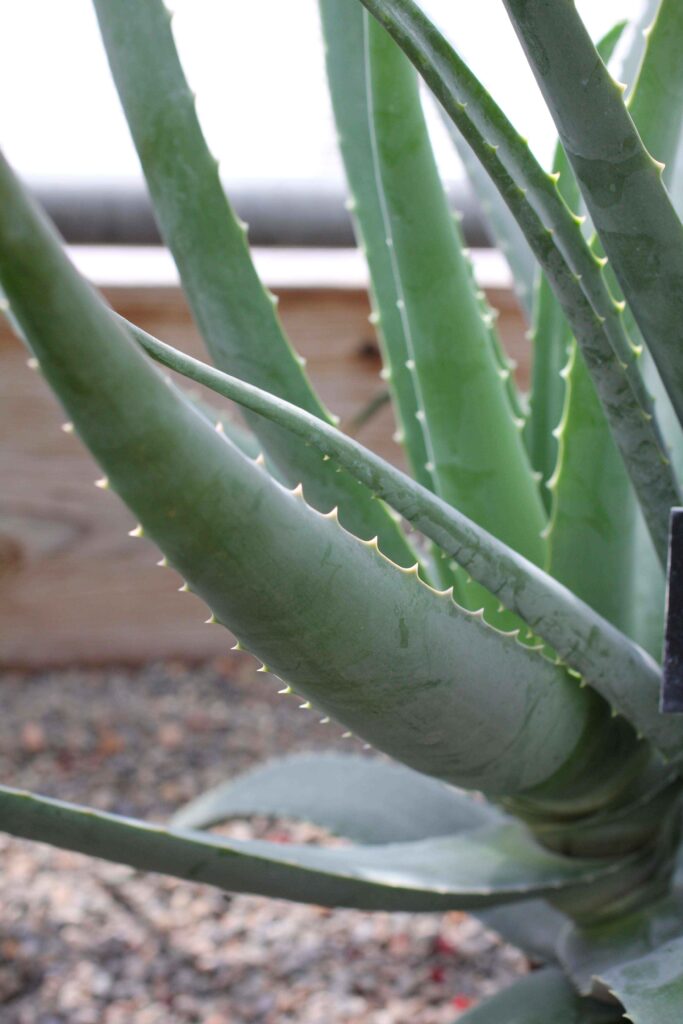
Water and humidity needs
When the daylight length grows shorter, many houseplants die from overwatering. Not all indoor plants go completely dormant, but their growth slows down to a point where they don’t need as much water.
“By November, it’s best to back way, way off on watering,” Patterson explained. “I do not water cactus from November to the end of February.
“Ferns, anthuriums, and other plants are the opposite of cactus and succulents; they need their soil kept from drying out. They need more humidity.
“It’s not like they will be actively growing, so you must find the best lighting for them to survive during the winter months. With less light, you have to change your watering pattern. The plants won’t grow as much with less light so they won’t dry out as much.
Alleruzzo and Patterson agreed that humidity trays increase humidity around a plant.
“For plants that like higher humidity, a saucer filled with gravel, or pebbles helps increase [the humidity] … the plant goes on top of it above the water,” Alleruzzo said.
Patterson shared a hack to prevent over-watering that uses wooden skewers, or chopsticks, left in the soil all the time. “The sticks are pulled out to check if it’s time to water. When the stick is wet, the soil is wet. Put the stick back in and check later. When the stick is dry, it’s time to water. Or you can use a moisture meter.”
For novices or those who want to keep their watering chores to a minimum, self-watering pots are the way to go. “We have small ones that are usually ceramic and they have an inside liner made of clay, which absorbs the water from the larger container,” Alleruzzo said. “These work great for African violets so you won’t get water on the leaves. You fill the reservoir with water, and the plant absorbs the moisture as needed. I have ferns in them, because I can never water my ferns enough, and the pot keeps them evenly moist.”
Alleruzzo grows many houseplants in low-light conditions. She makes do with plants that don’t need a lot of light. Where she has the most light, she grows a huge Hoya (waxflower). “You assess your light situation and grow plants accordingly,” she said.
Be watchful for pests
Patterson and Alleruzzo recommend you keep your plants clean. Clean foliage means more light reaches the leaves. As you clean your plant, it’s a good time to monitor for pests, which are often a winter problem. Another good time to monitor is when watering. In the winter, it is good to make a point to also check in between watering when you’re not watering as often.
Patterson mentioned sticky traps to monitor for pests; however, they won’t catch everything. Almost every pest will have a part of its life cycle where a sticky trap will catch it. The traps are only for monitoring, as they don’t solve the problem.
During winter, Alleruzzo recommends keeping an eye out for spider mites, mealy bugs, and scale. If a plant looks a little grayish, not lush green or vibrant, and dull. If you look at the back, you will see webbing. You may notice a mottling on the leaves. The insects are so minute, you need a hand lens to see them. When you find them, quarantine the plant immediately and monitor all the plants in the area. Put the infected plants in the shower and wash all the bugs off.
Scale looks like a little brown bump underneath the midrib of stems. Ensure it is not a natural woody node on the stem before you squish it. If it easily mushes, it is the covering of the insect. If you must scrape it to come off, it’s part of the plant, not scale.
Nurseries can help give the best recommendations for insecticide controls. Read the packaging and follow directions when using miticides, insecticides, and organic controls.
With this added attention and adjustment to your routine, your indoor plants will be happier and healthier through the winter. Just remember to re-evaluate your routine when spring returns and the days lengthen and the sun’s position changes again.
Indestructable plants
- Pothos
- Peace lily
- Santoverias
- Philodendrons
- Monsteras

